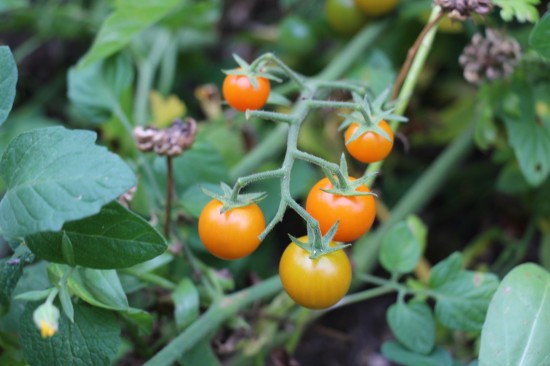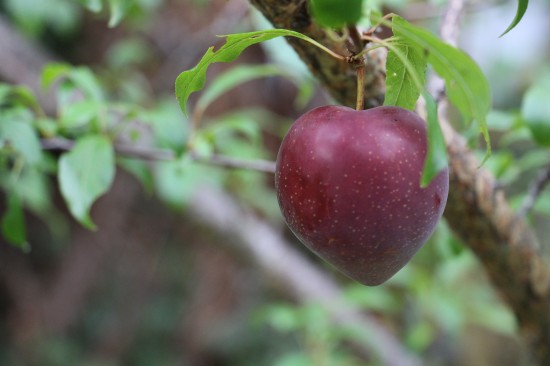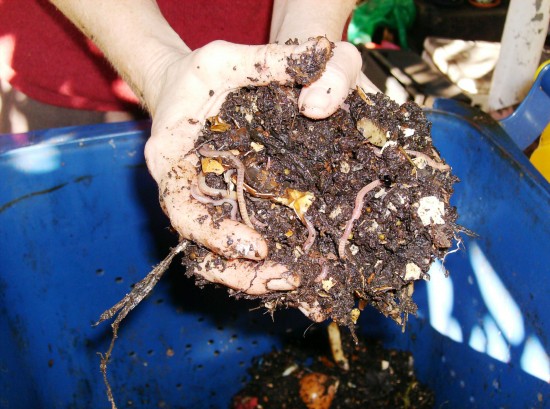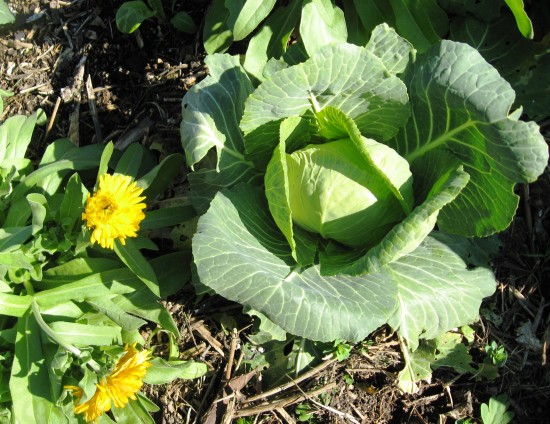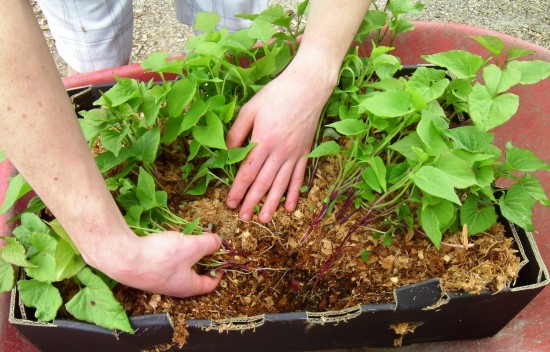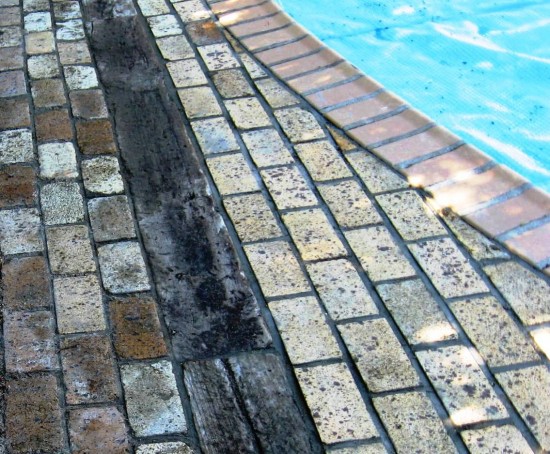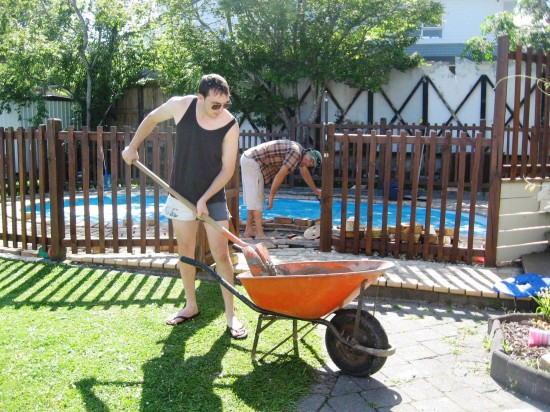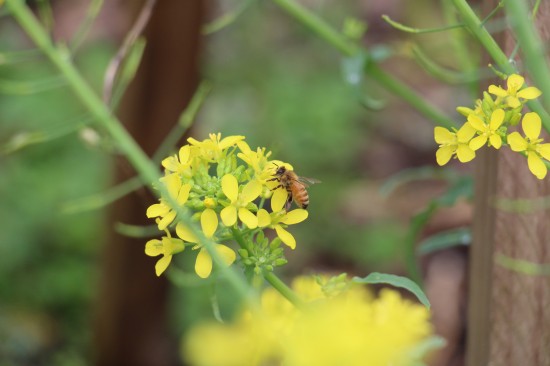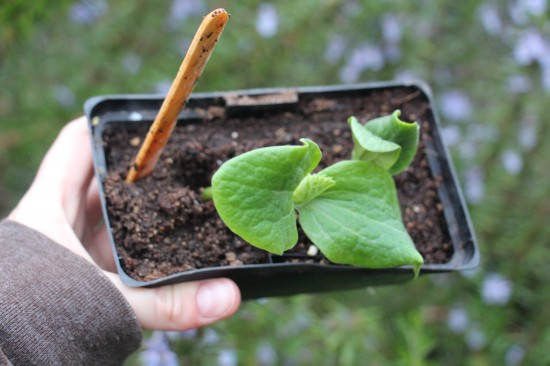After weeks of wet winter weather some of us might be thinking about paving.
Paving is more than just a pretty ‘floor’- good paving should, at the very least, be safe underfoot in all weathers. There are benefits for your indoor comfort, too – the right hard landscaping reduces the amount of grit, mud and damp being brought indoors, especially in winter. Properly designed and constructed hard surfaces should require only minimal maintenance and not need spraying. For success with cobblestone, bricks and pavers these should be laid on a solid foundation of shingle top course topped with sand, or even concrete foundations. When bricks or cobbles are laid only on sand they are much more likely to grow weeds and become uneven over time.
It’s rather like laying carpet; it’s actually the layer underneath that determines the lifespan, appearance and durability of your outdoor hard surface.
